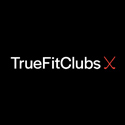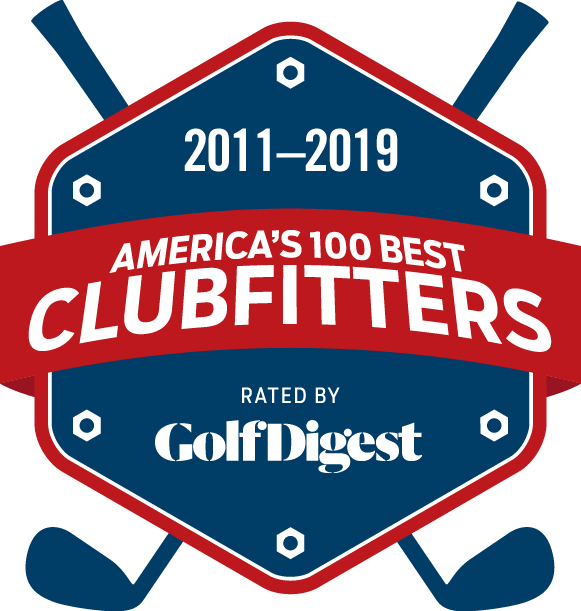I just wanted to let you guys know that the new Ping Anser forged irons with the KBS shafts are the best irons I have hit in a long, long time. They feel like butter! -Steve C. Boulder, CO
Now you can buy online at www.truefitclubs.com
What Irons in the Set Should You Play?
There have been a lot of iron head design changes in the past five years that have made fitting a set of irons both easier but sometimes harder. First and foremost, lofts of irons have gotten lower which increases distance but may not be good for your game. Second, spin rates have gotten lower in the quest for more distance. Again, this may not be good for you if you are a low ball hitter with your irons. Finally, because of all of the new hybrids being offered, we rarely see anything longer than a 4 iron being offered in game improvement irons, and very few companies offering anything longer than a 3 iron in players clubs. For every golfer we fit, we spend a lot of time making sure we have the right style, loft and number of irons in his/her bag. In general, we like to make sure that you have the most forgiving set of irons that suit your style of play and capability.
What Style of Irons Should You Play?
Iron styles can be simply classified as blade or cavity back. There is also a hybrid/iron style that is more of a super game improvement iron for golfers that need a more forgiving club that will help get the ball in the air.
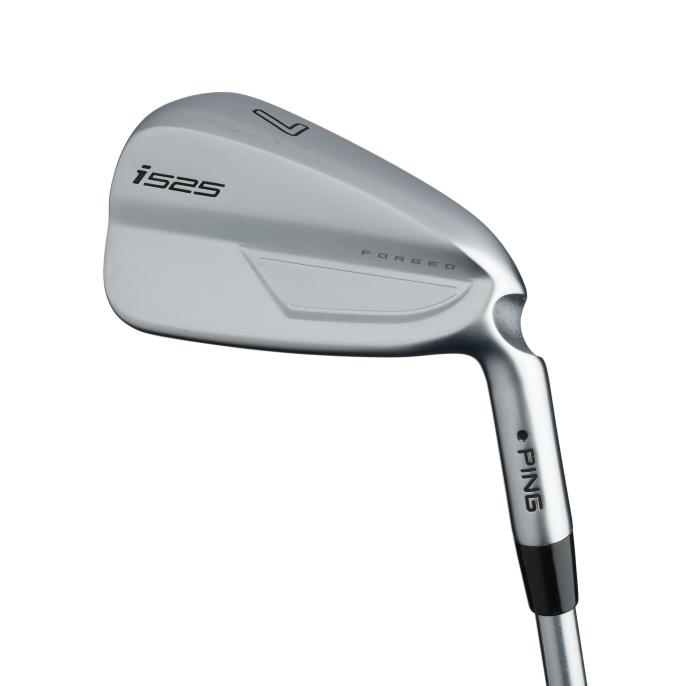 The image at the left is a Ping i525 which is a blade style iron. In some instances, manufacturers will only make a blade style in a right handed iron so lefties need to make sure there are some options for them. Blades, also known as muscle-back irons will have a higher loft, thinner top line and a much smaller face than a cavity back iron.
The image at the left is a Ping i525 which is a blade style iron. In some instances, manufacturers will only make a blade style in a right handed iron so lefties need to make sure there are some options for them. Blades, also known as muscle-back irons will have a higher loft, thinner top line and a much smaller face than a cavity back iron.
 The image at the left is a cavity back style iron from Mizuno, JPX 923. This iron is larger, has a thicker top line, and lower loft than a blade-style iron. This provides a more forgiving look and more distance for a higher handicap player or a player that only plays a few rounds of golf a year.
The image at the left is a cavity back style iron from Mizuno, JPX 923. This iron is larger, has a thicker top line, and lower loft than a blade-style iron. This provides a more forgiving look and more distance for a higher handicap player or a player that only plays a few rounds of golf a year.
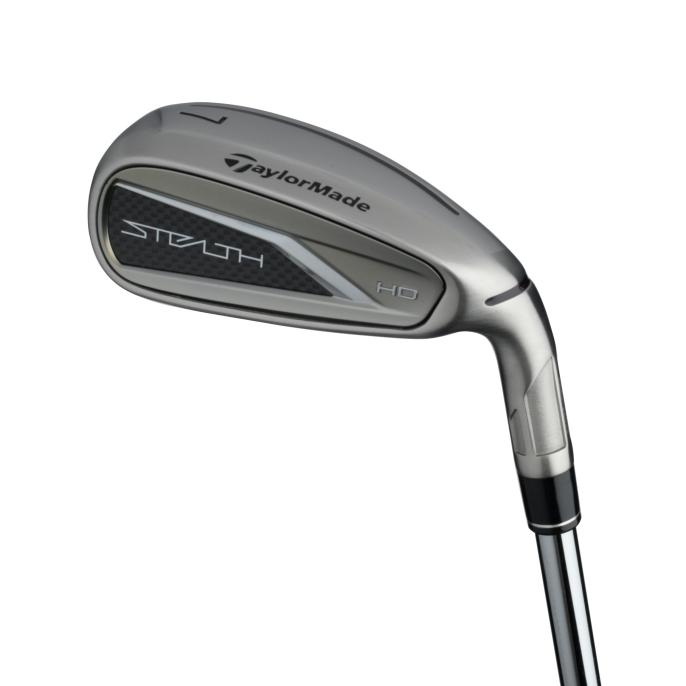 Finally, the super game improvement or hybrid/iron styles are designed for maximum forgiveness on off-center hits and the ability to get the ball airborne! The TaylorMade Stealth HD irons fit this category.
Finally, the super game improvement or hybrid/iron styles are designed for maximum forgiveness on off-center hits and the ability to get the ball airborne! The TaylorMade Stealth HD irons fit this category.
Should you play forged irons?
If you are consistently breaking 90 and you are serious about improving your level of play you should consider moving to forged irons. Almost every manufacturer has developed a new “forged” style club that has a softer feel yet more forgiveness than the traditional blade style forged clubs. With the forgiveness of the new cavity back forged irons you will not suffer the dramatic loss of distance and accuracy you get from a miss-hit with a forged blade. The smaller sweet spot, however, will force you to produce a more consistent swing. With the new combination sets of cavity back irons in the longer irons (3 thru 6 iron) and modified muscle-back in the shorter irons (7 thru 9 and PW) you can have the forgiveness you need in the longer irons and the feel and accuracy you want in the shorter irons. And finally, there is the feel of forged. You will never forget the first time you hit an absolutely pure shot with a forged club. It is like the softest, smoothest feeling in the world. Read More…
Are your irons consistently hitting greens?
When we test a golfer’s irons during our high-tech fitting, we see a tremendous amount of inconsistency in shaft flexes. We also see golfers playing irons that are either too heavy or too light for their swing profiles. Whether you are a beginner or accomplished golfer, you have a unique swing profile that determines the equipment specs that will fit your swing. This is not based upon swing speed or tempo, but on how you bend or load the club during your swing. This can only be tested on the True Temper Shaft Lab. Then, we have you test a variety of clubs with the correct shaft on a launch monitor like the Golf Achiever or TrackMan to see which club gives you the best distance, launch angle and shot dispersion. The result will be clubs that fit your swing giving you greater accuracy, consistency and distance.
CALLAWAY
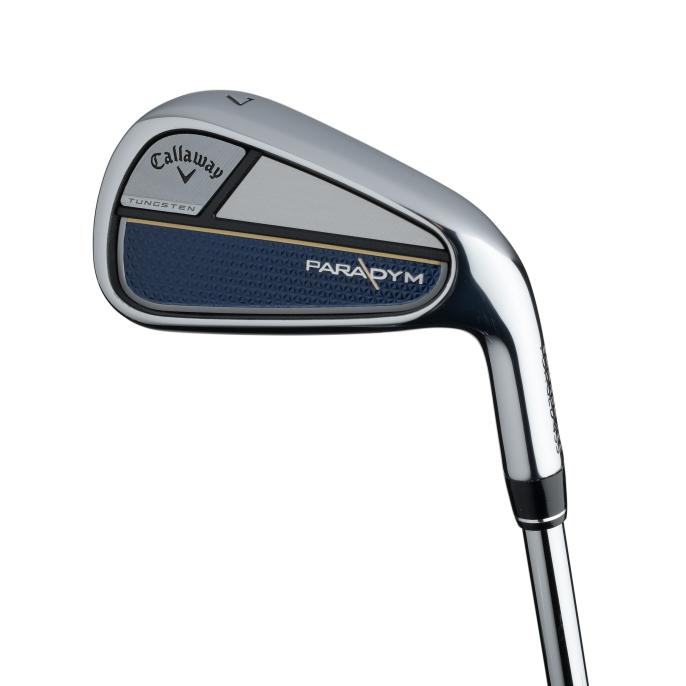 “Callaway takes a new approach on a hollow-body iron. Typically, the downside of a hollow body is having too much mass above the center of the head. ” – Callaway Golf
“Callaway takes a new approach on a hollow-body iron. Typically, the downside of a hollow body is having too much mass above the center of the head. ” – Callaway Golf
COBRA
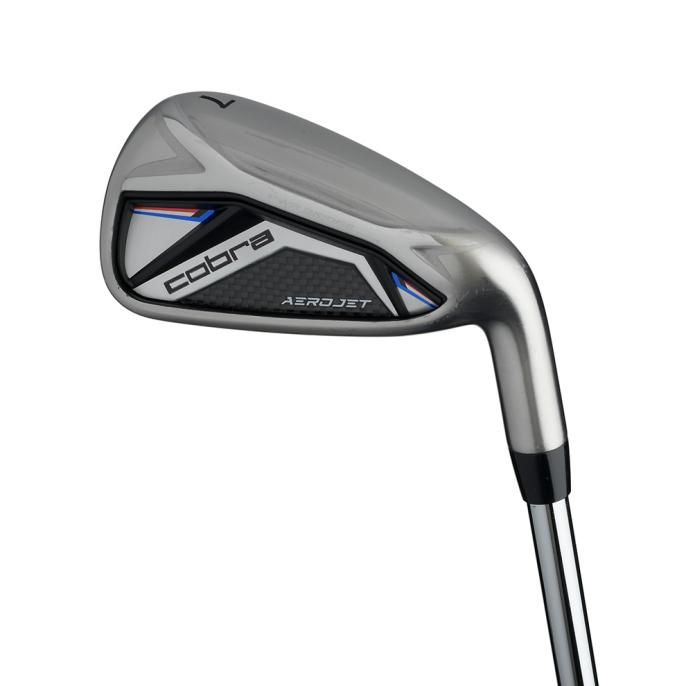 “Anyone with a computer-aided-design (CAD) program can design an iron, but digging into the historical archives to the 1500s for an idea and making it work in a modern-day golf club is next-level science. ” – Cobra Golf
“Anyone with a computer-aided-design (CAD) program can design an iron, but digging into the historical archives to the 1500s for an idea and making it work in a modern-day golf club is next-level science. ” – Cobra Golf
MIZUNO
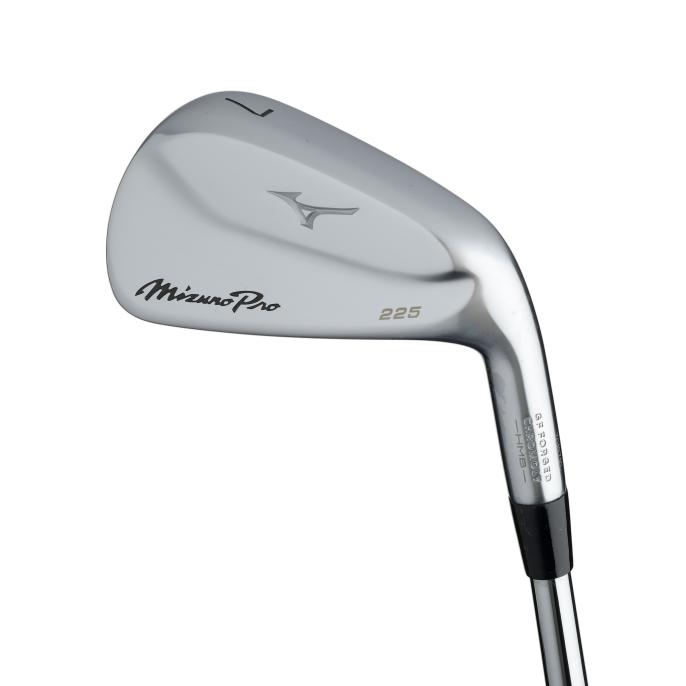 “Given the clean profile and careful craftsmanship, you likely wouldn’t guess that these irons feature a multi-material hollow construction through the 8-iron. In those clubs a thin, forged face has a variable-thickness design to maximize ball speed. ” – Mizuno Golf
“Given the clean profile and careful craftsmanship, you likely wouldn’t guess that these irons feature a multi-material hollow construction through the 8-iron. In those clubs a thin, forged face has a variable-thickness design to maximize ball speed. ” – Mizuno Golf
PING
 “The badge on the G430 has seven areas designed to give at impact. This allows it to bend unrestricted across the entire face. Each region has a backing material that makes the badge perform its sound and feel duties, too.” Ping Golf
“The badge on the G430 has seven areas designed to give at impact. This allows it to bend unrestricted across the entire face. Each region has a backing material that makes the badge perform its sound and feel duties, too.” Ping Golf
TITLEIST
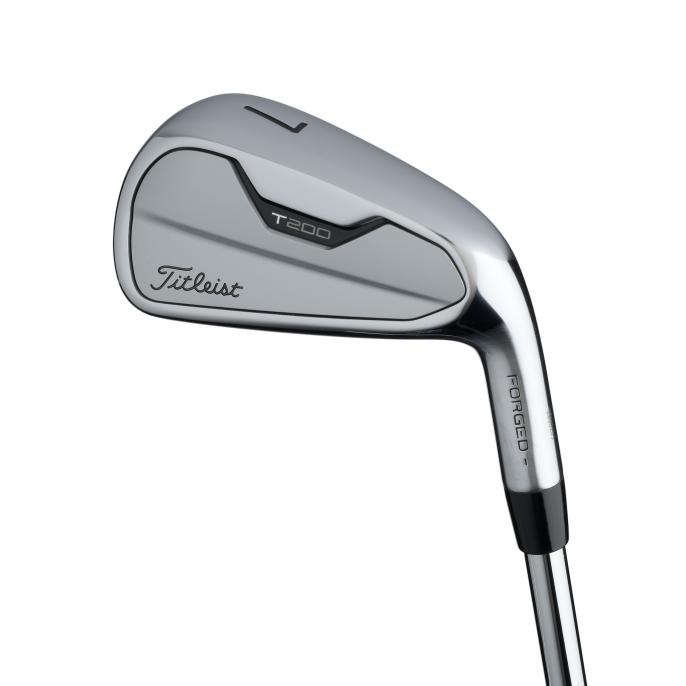 “An L-shape face made of high-strength SUP10 steel improves distance and forgiveness in a compact shape through the use of tungsten. An average of 100 grams of the high-density material is placed in the heel and toe of the 4- through 7-iron to reduce ball-speed loss on mis-hits. ” Titleist Golf
“An L-shape face made of high-strength SUP10 steel improves distance and forgiveness in a compact shape through the use of tungsten. An average of 100 grams of the high-density material is placed in the heel and toe of the 4- through 7-iron to reduce ball-speed loss on mis-hits. ” Titleist Golf
